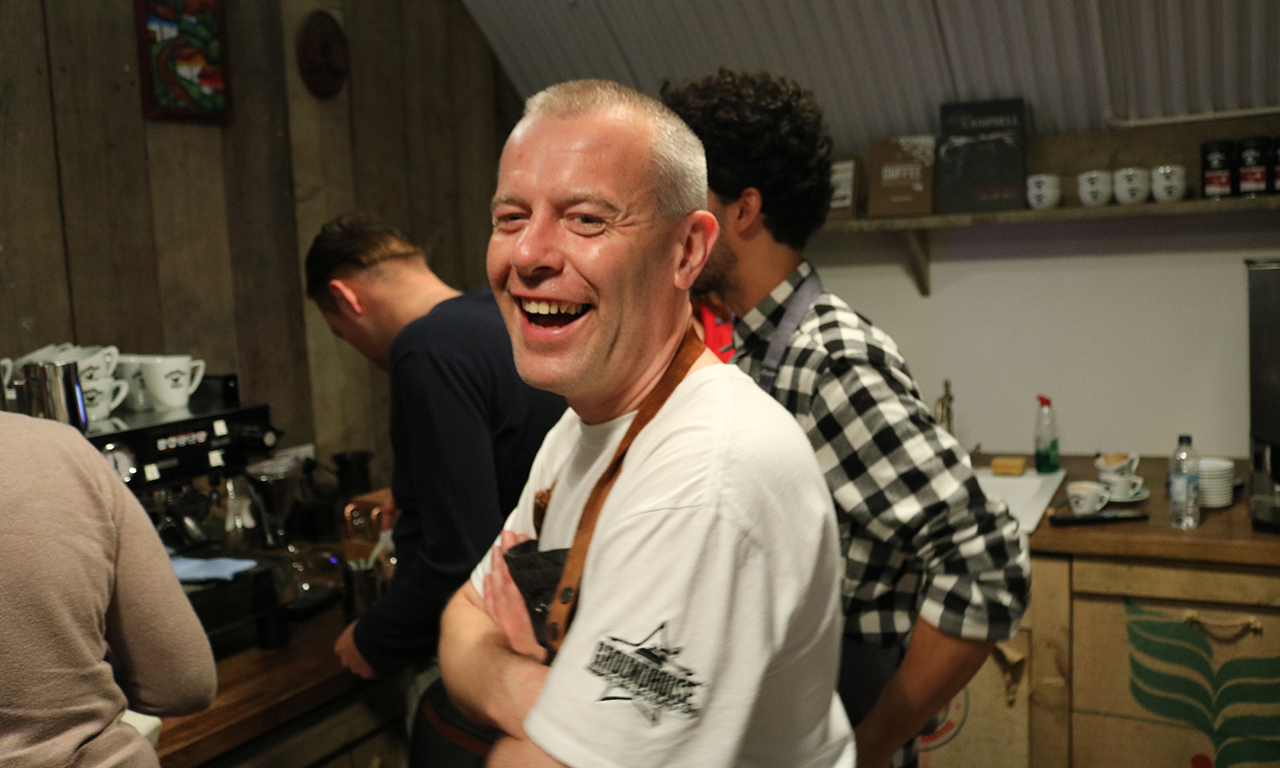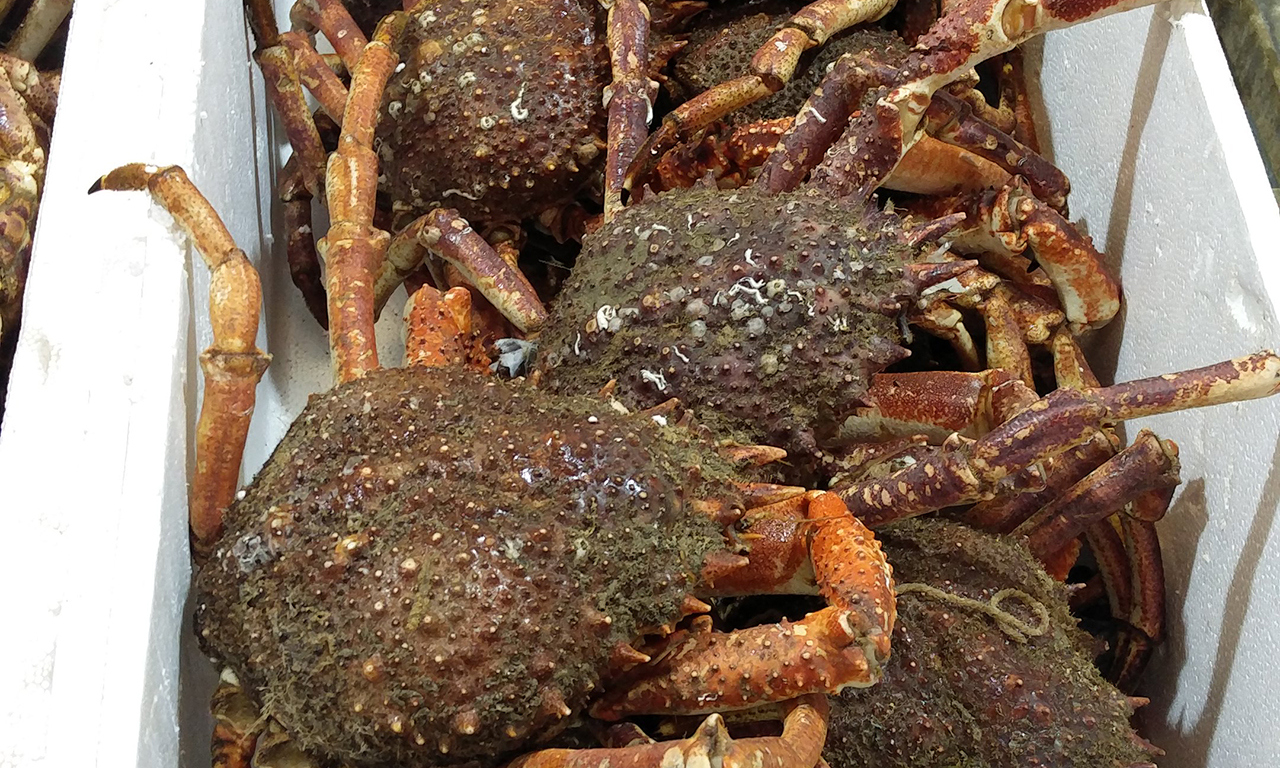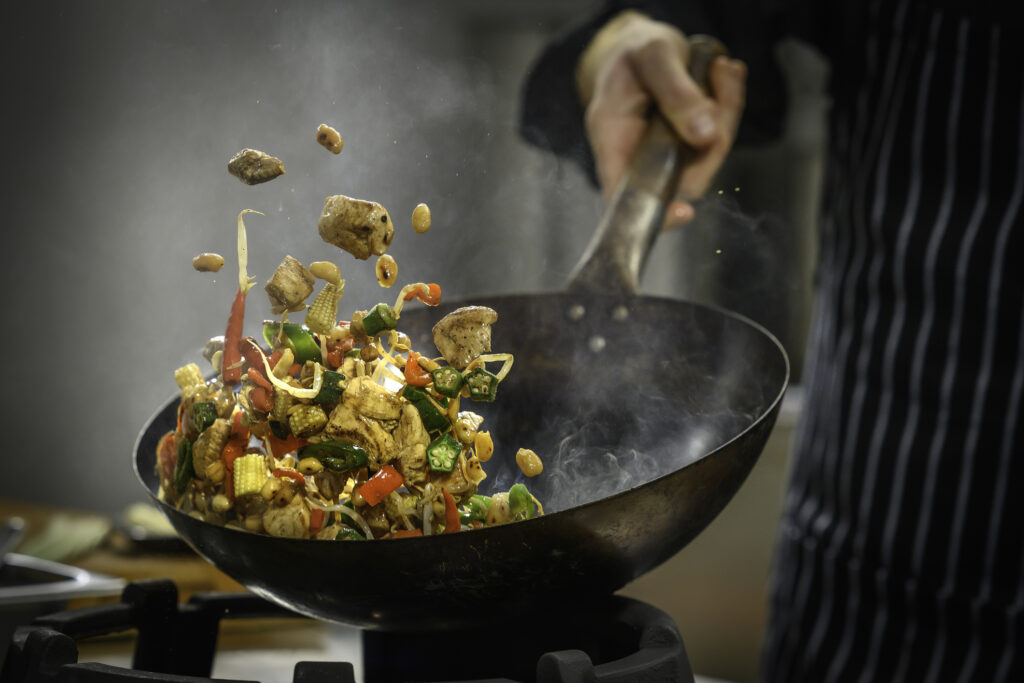
Earlier this year we sat down with our Executive Development Chef, Matt Vernon to discuss our sustainability initiative: Big Carbon Kick Out, a project aimed at reducing the carbon footprint of our customers’ favourite dishes without compromising on the flavour. (Read original article here)
Spearheaded by our dedicated team of development chefs, this initiative transforms the way we think about food and its environmental impact. Matt shares insights into the origins, challenges, and successes of the Big Carbon Kick Out, and how it is making a difference in our food consumption habits and their mark on the environment.
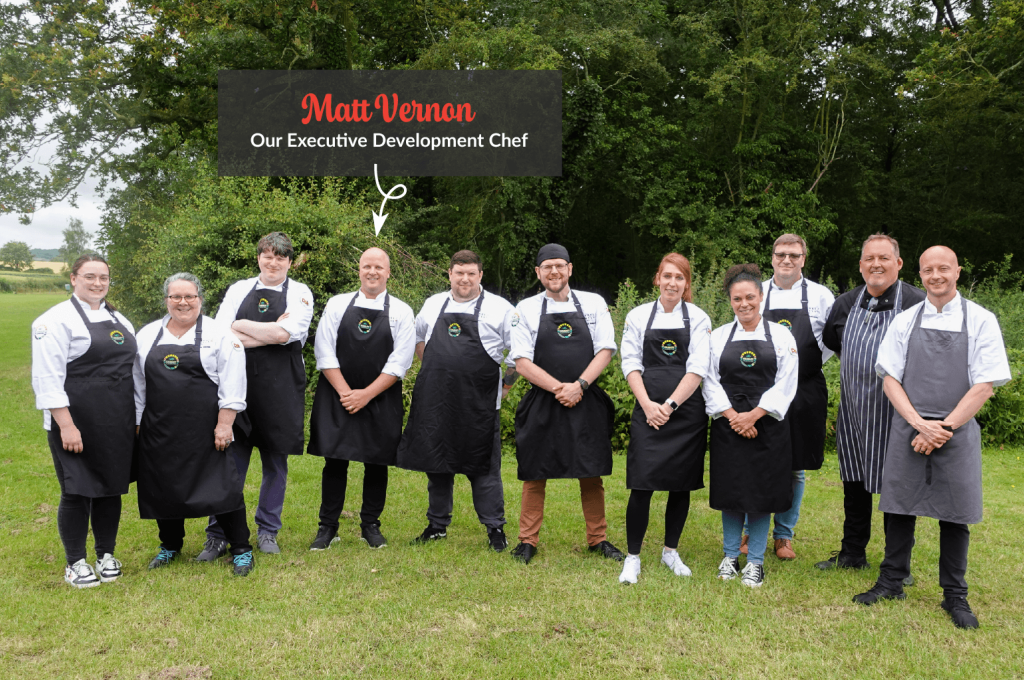
The Culinary Classroom 24/25 class visiting Syan Farms, supplier of our Pea Protein.
Tell us about the Big Carbon Kick Out initiative.
Our Big Carbon Kick Out initiative is part of our Goodness, health, and well-being range. Last year, we introduced a selection of carbon-reduced dishes at our national food roadshows. These dishes were based on our most popular recipes in the education, business, and healthcare sectors, including beef chilli, cottage pie, lasagna, and curry. We worked closely with our nutrition team to reformulate these dishes by reducing or removing meat and dairy, which significantly lowers their carbon footprint. For example, by reducing animal products by 30% in our lasagna recipe, we saved around 162 kilos of carbon emissions per 100 portions, equivalent to driving a petrol-powered car from London to Milan . As research has shown that animal products especially have adverse effects on the environment.
How do you maintain the taste when replacing meat and dairy in recipes like lasagna or beef chilli?
The key is to create a version where the difference is either unnoticeable or even preferred. For lasagna, we replaced the traditional bechamel sauce with a velouté made from stock and margarine instead of milk and butter. We also use vegan cheese or omit cheese entirely. For the meat content, lentils are a great substitute as they blend well and mimic the texture of minced beef. Many people actually preferred the lighter taste and texture of these dishes.
Why is this initiative important?
Reducing carbon emissions is crucial as every government and many businesses have targets to meet. Food production has a significant impact on the environment, and with the global population increasing, we need to consume resources more sustainably. By adapting recipes to lower their carbon footprint, we help protect the environment and ensure that we can continue to enjoy high-quality produce in the future.
What results have you seen so far?
Since the Big Carbon Kick Out started in June, we’ve sold over 3,000 dishes, saving 3,724 kg of CO2e, which is equivalent to driving 9,524 miles in a petrol-powered car. This success has led us to develop a 2.0 version of the initiative with even more carbon-reduced recipes.
What are the plans for the future of the Big Carbon Kick Out?
We’ve partnered with Eat Curious to use their dehydrated pea protein, which allows us to reduce animal products by 50% in our recipes without compromising on taste or nutrition. This protein is allergen-free, vegan, full of dietary fibre and has a lower carbon footprint than protein derived from meat and other vegetarian alternative options like chickpeas, lentils, and eggs. We’re also expanding the range to include items like burgers, koftas, and meatballs.
Are there any other initiatives you’re working on to refine your sustainability practices?
Yes, we’re also focusing on working with suppliers who share our commitment to sustainability. The base supplying our pea protein is completely off-grid and solar-powered. We’re also exploring hydroponic farming to grow plants more efficiently with less water and no soil, educating and empowering our customers on their benefits. So far we’ve invested in two hydroponics stations at two of our sites – Dunnhumby in Hammersmith and Ocado Trident in Hatfield. We’re also growing a lot of our herbs fresh on our customer sites in herb patches.



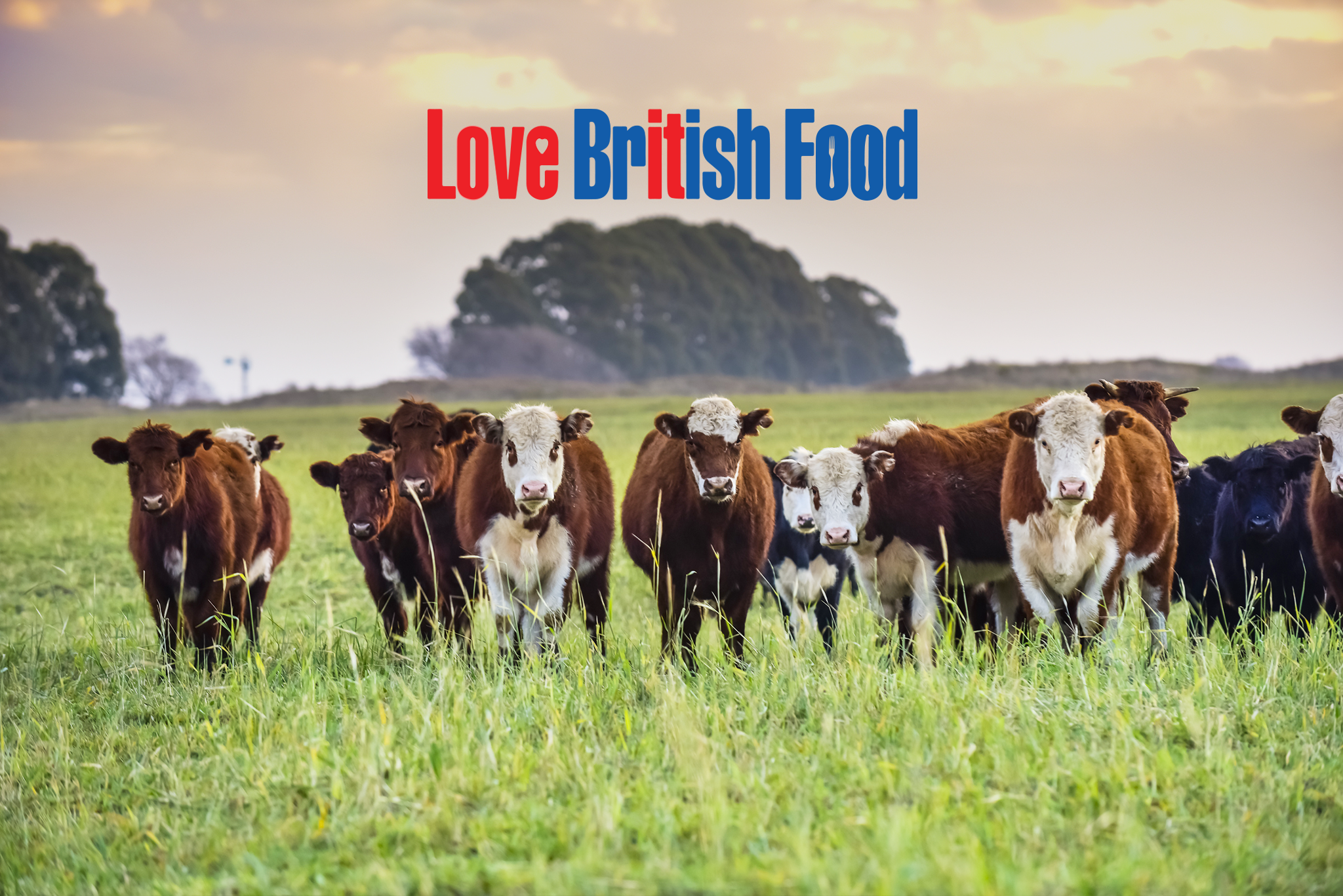


 by 30 small producers but is now made up of 366 producers.
by 30 small producers but is now made up of 366 producers.






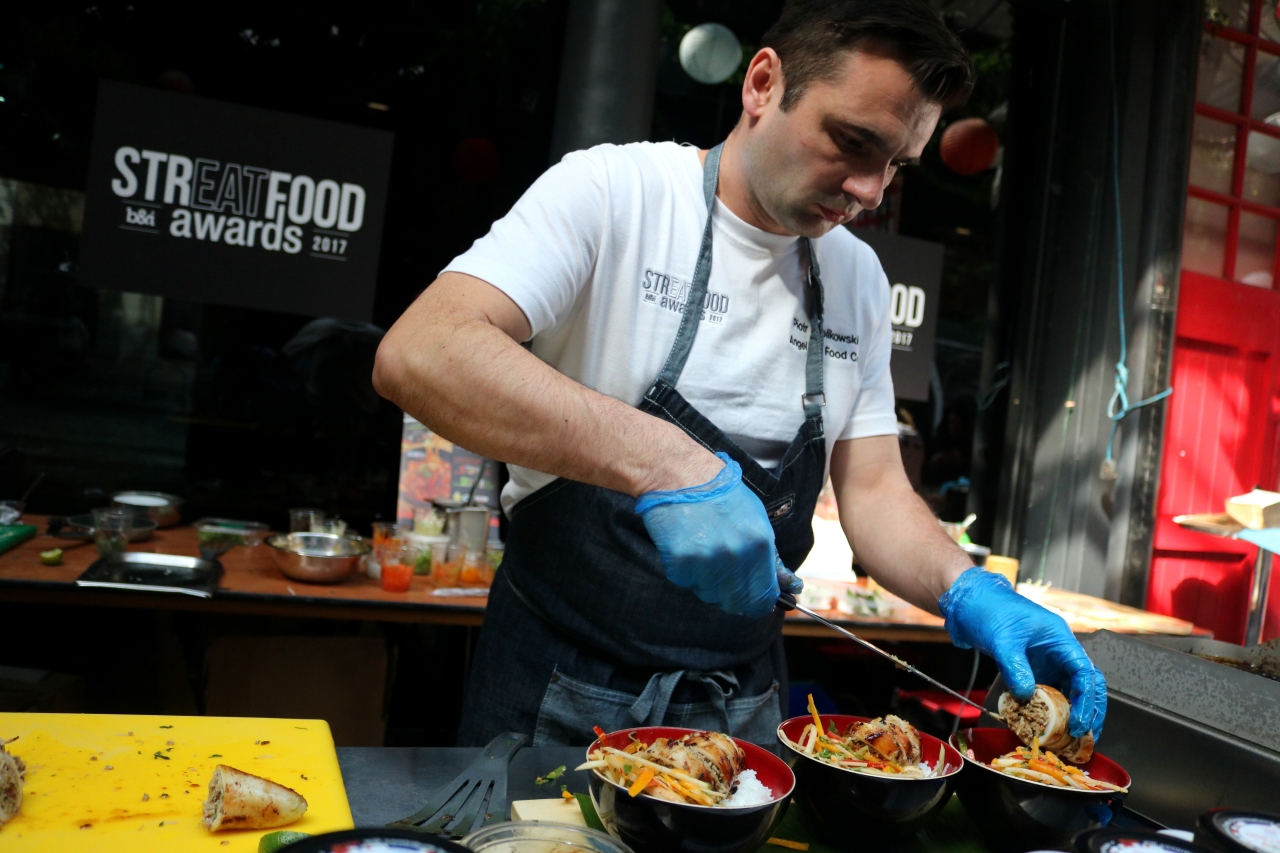


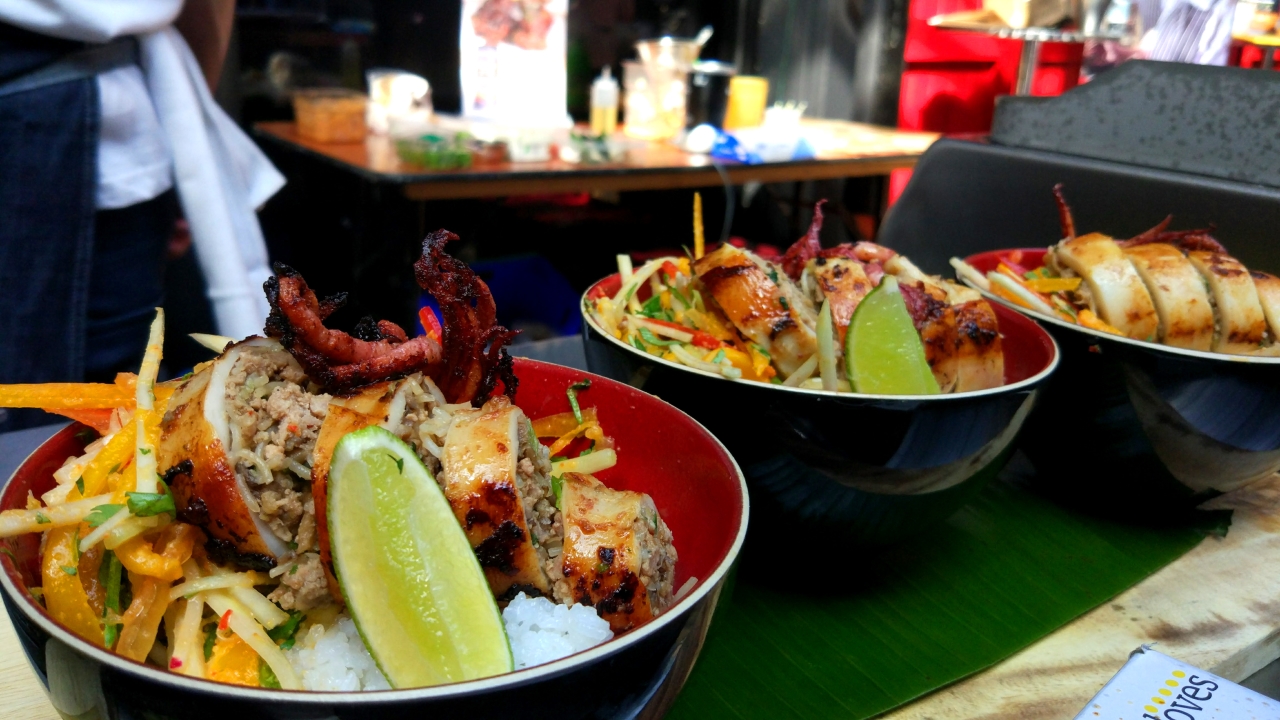
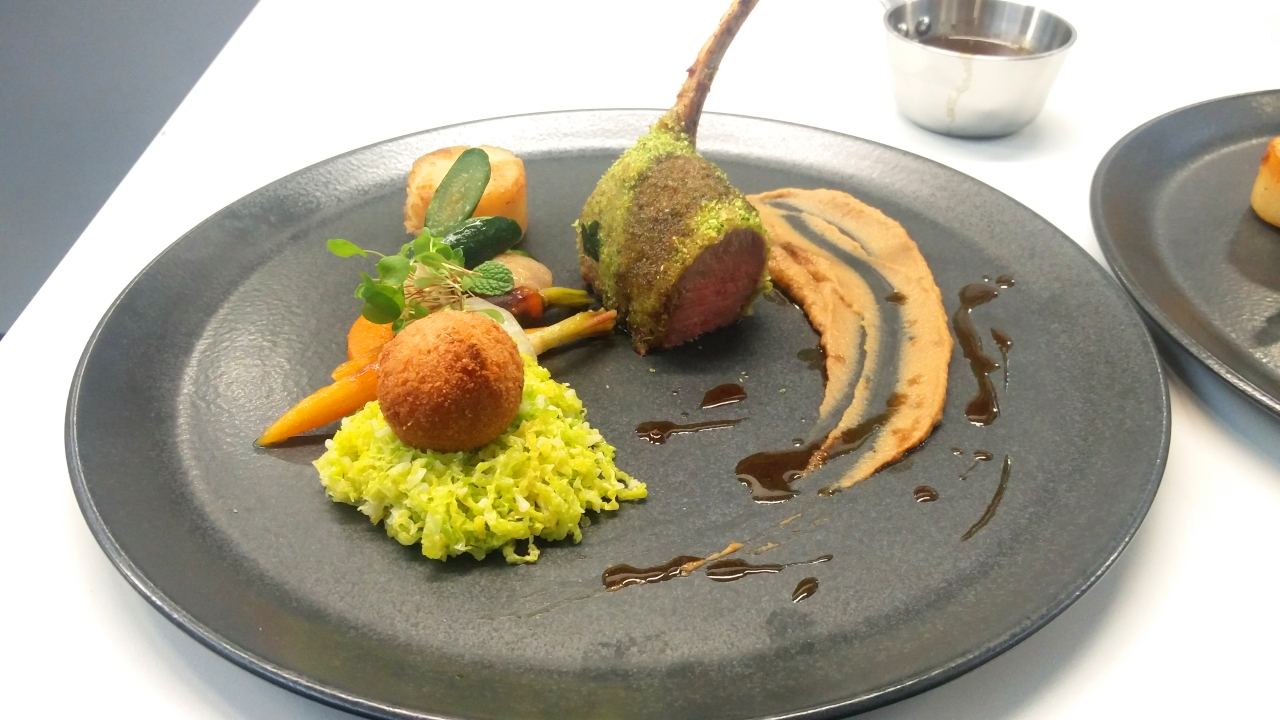
 Santosh Shetty, in his natural habitat
Santosh Shetty, in his natural habitat
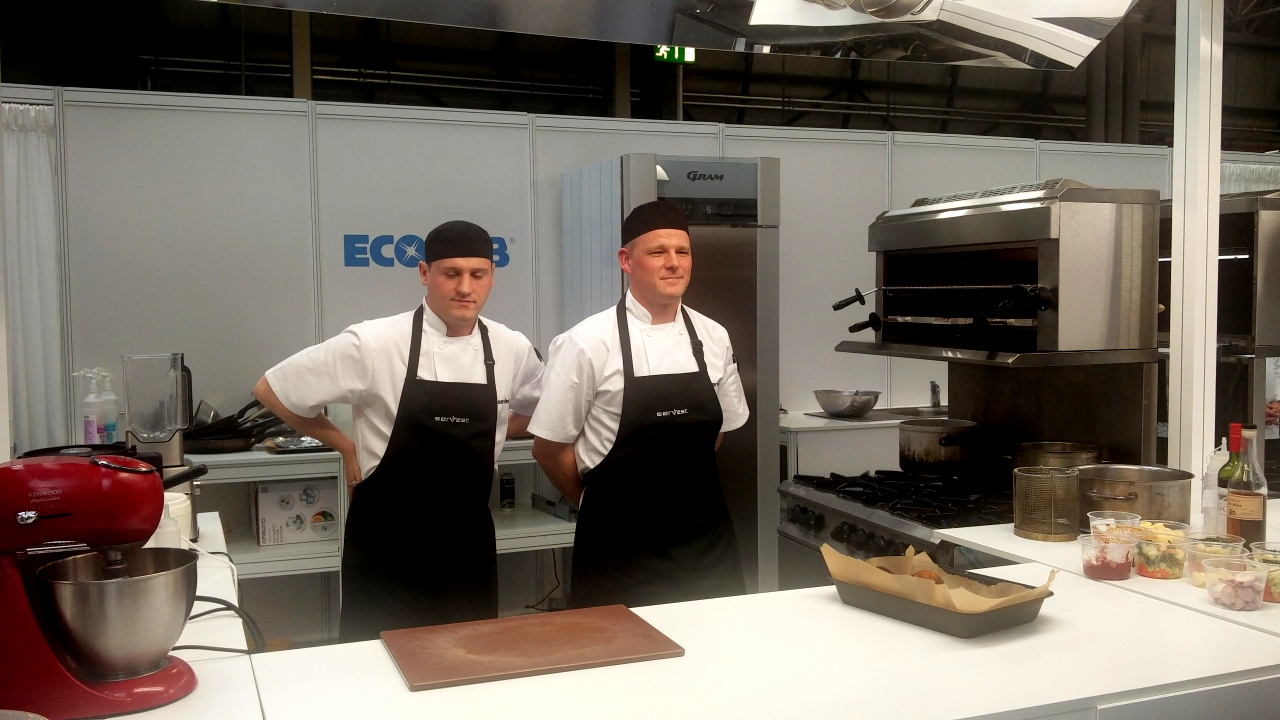
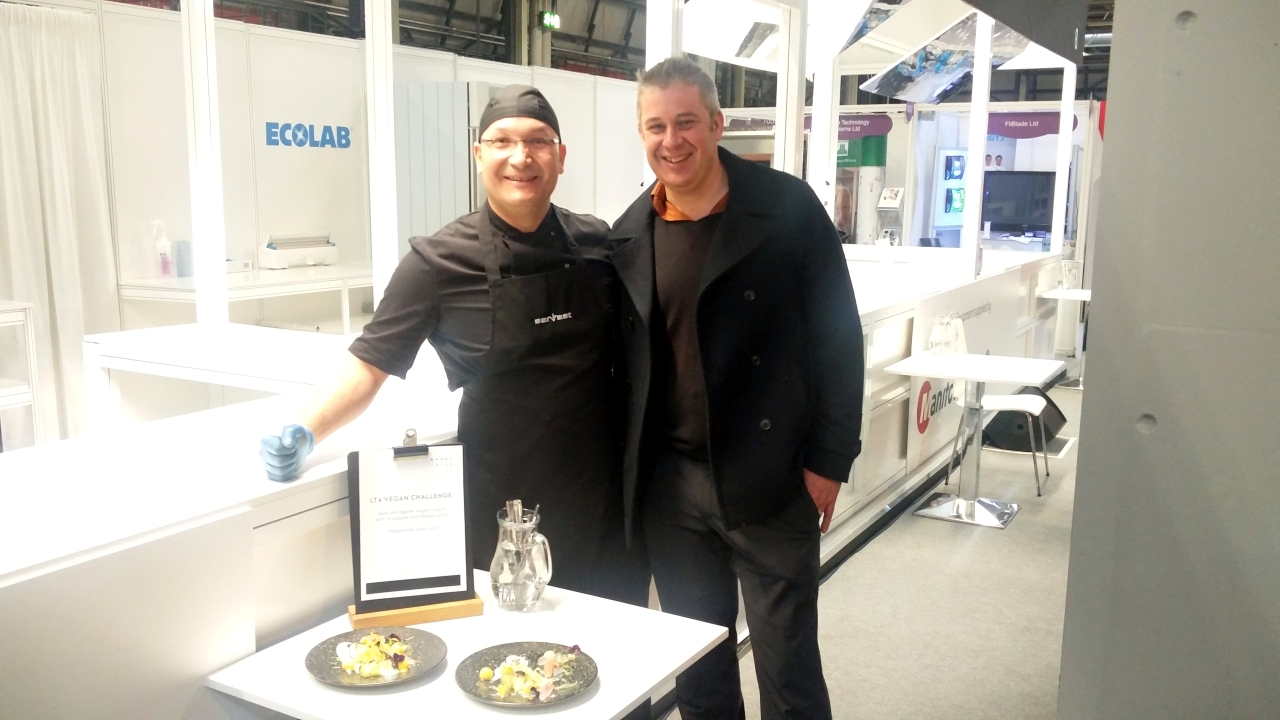
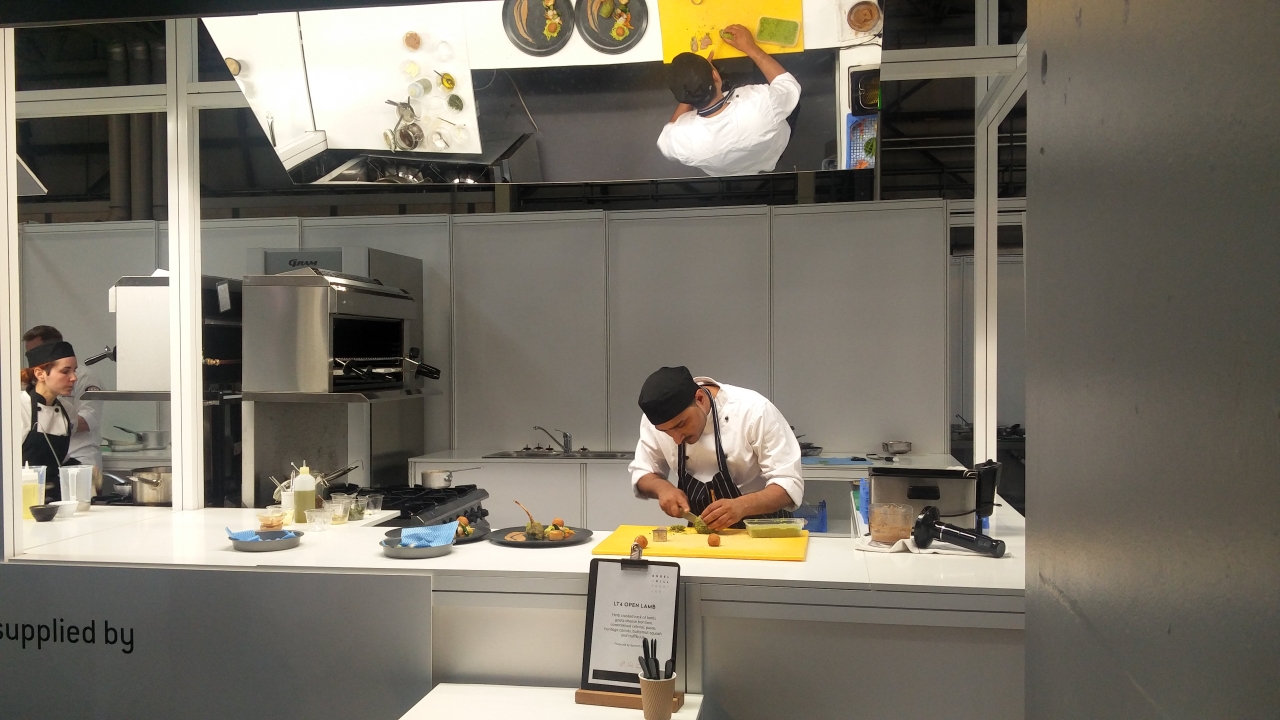
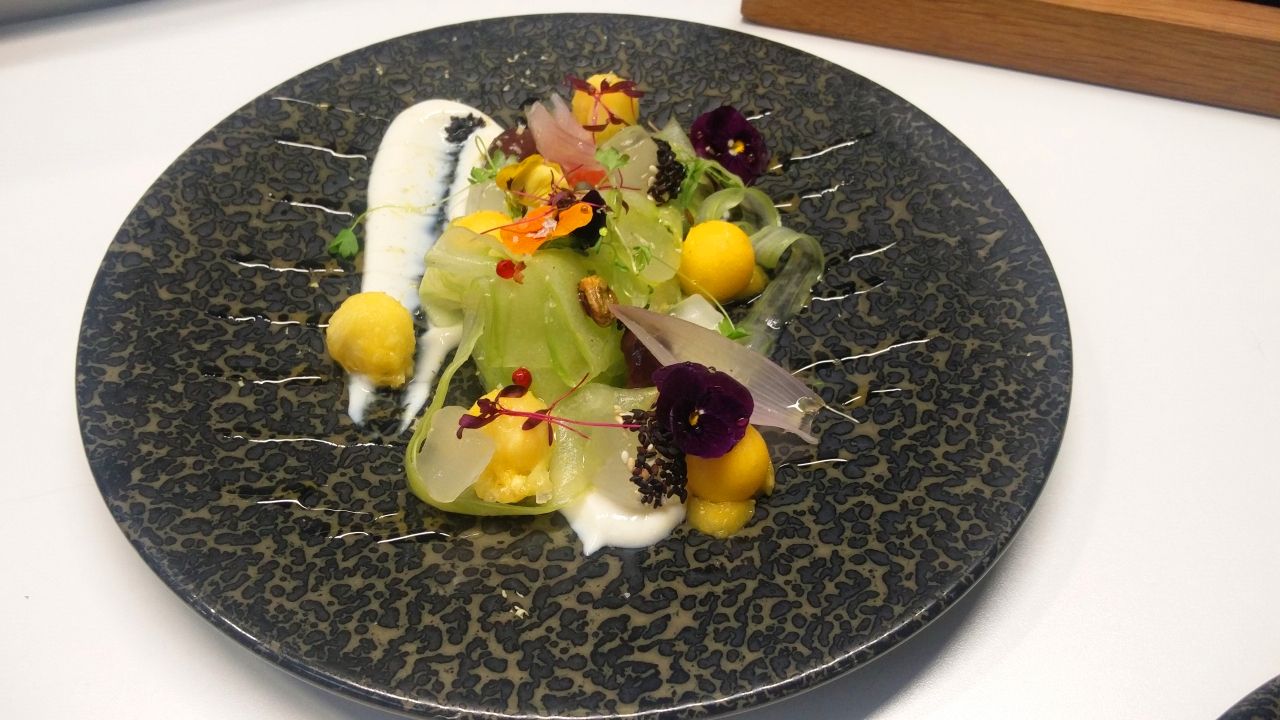
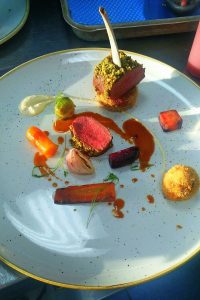
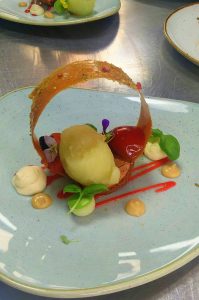
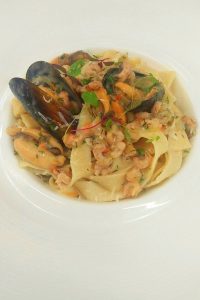
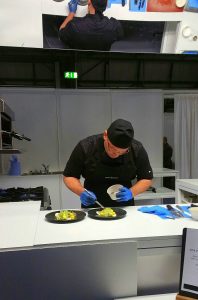







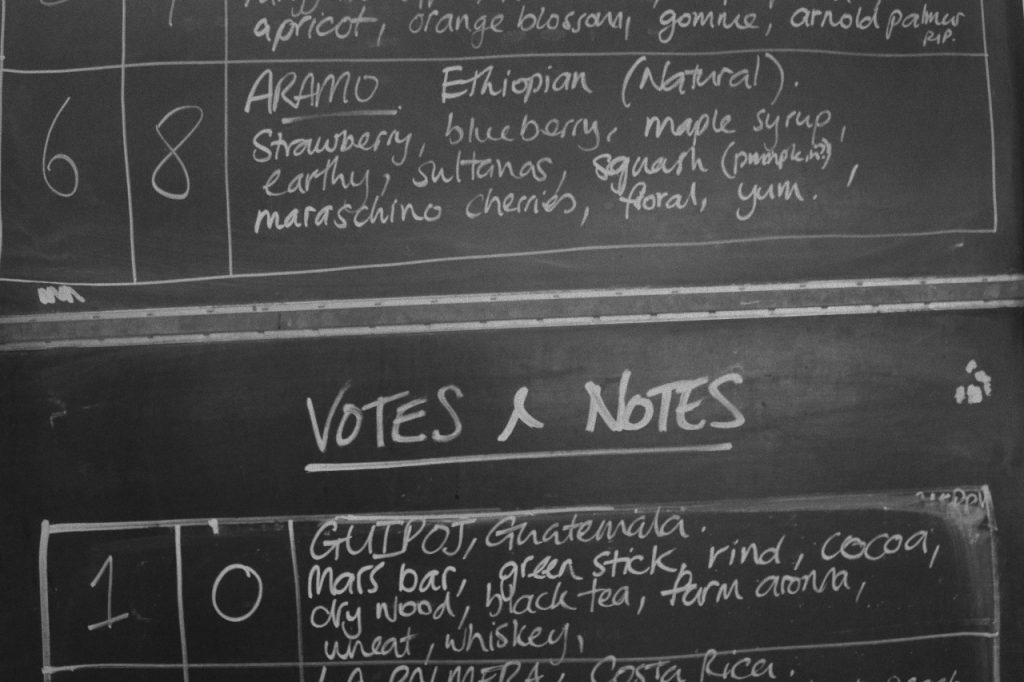
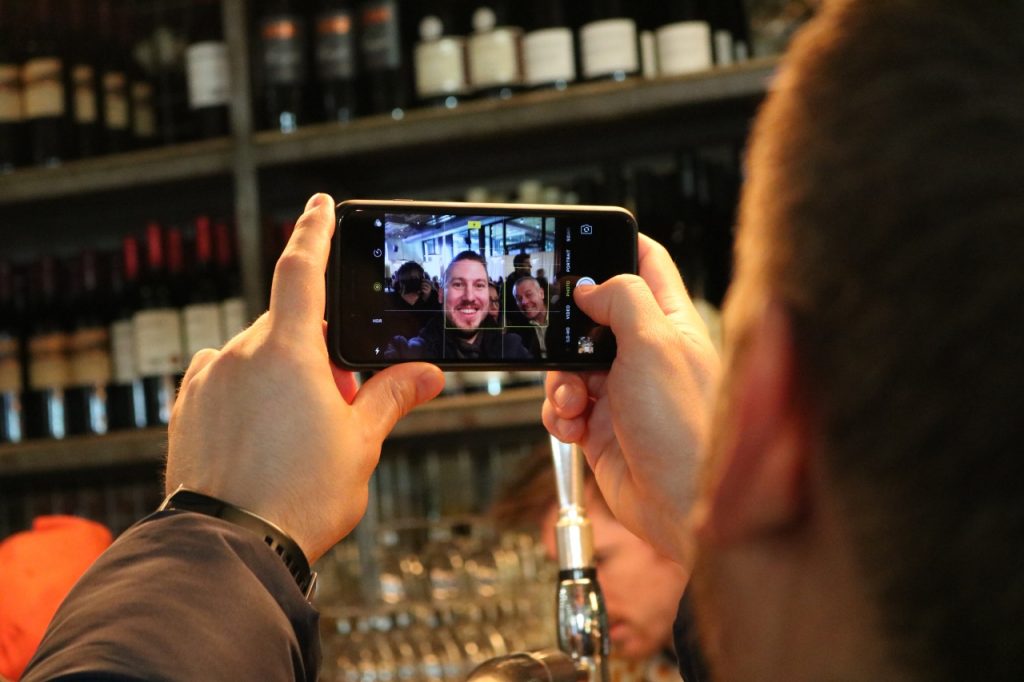

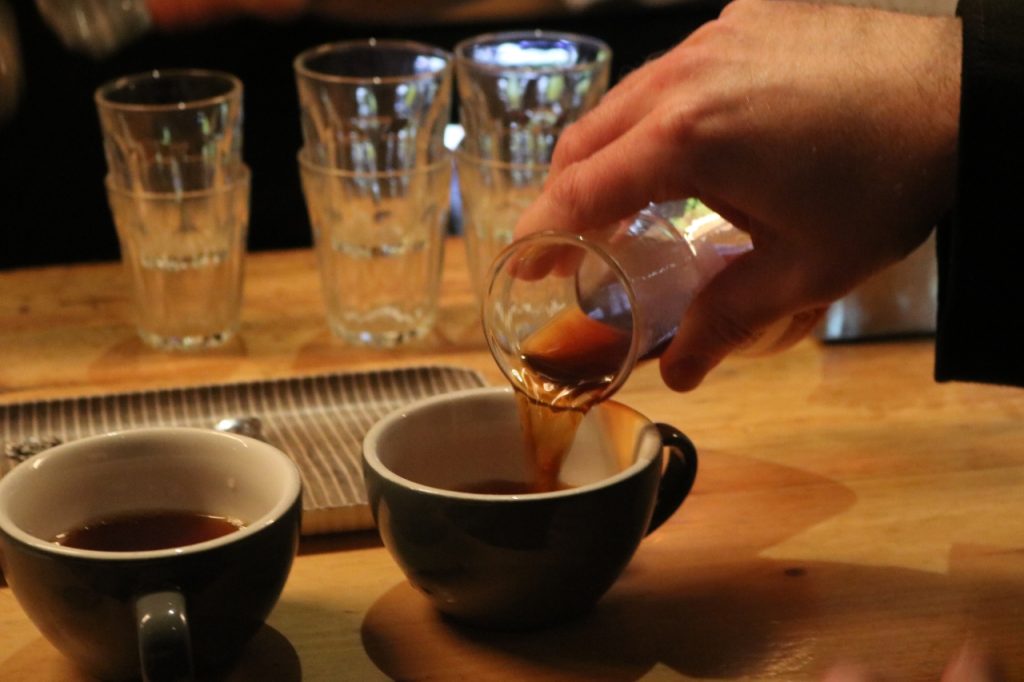



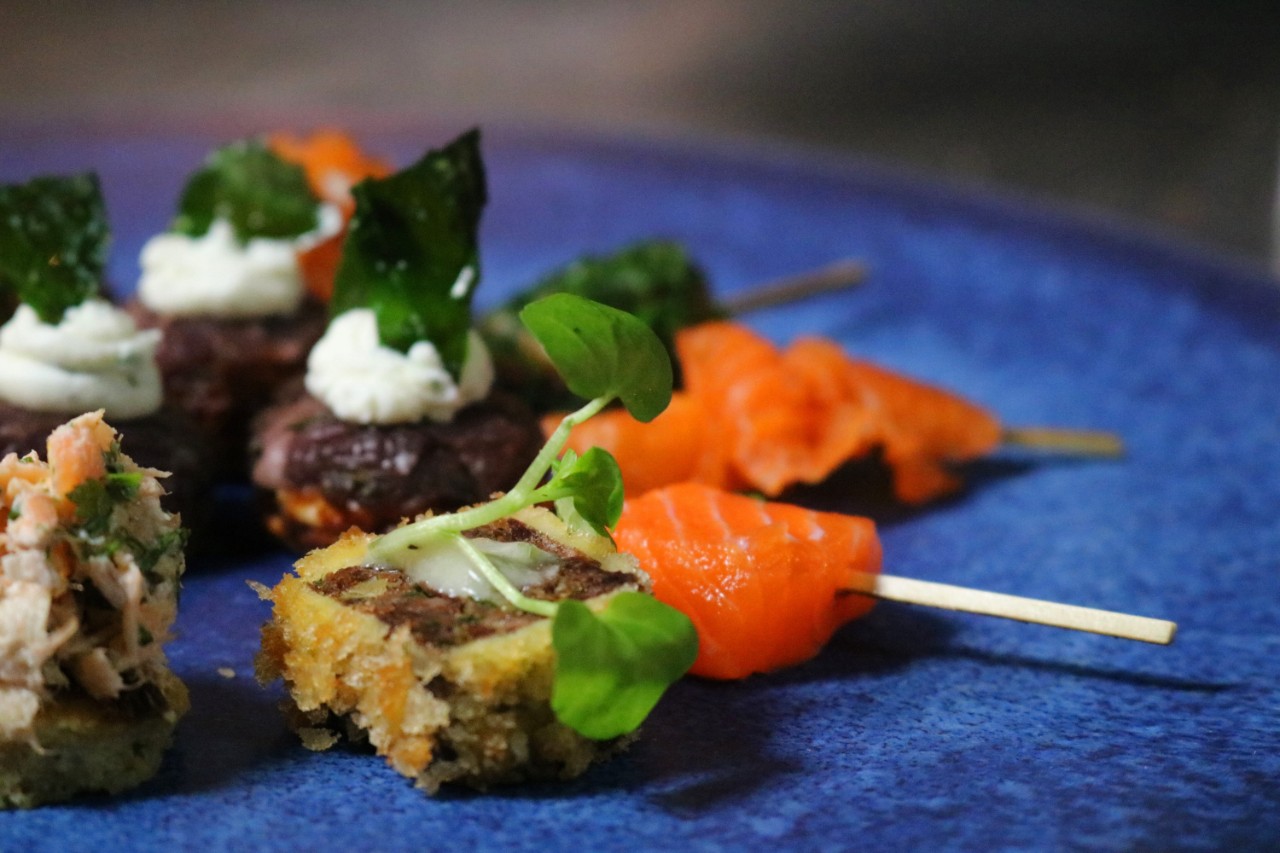
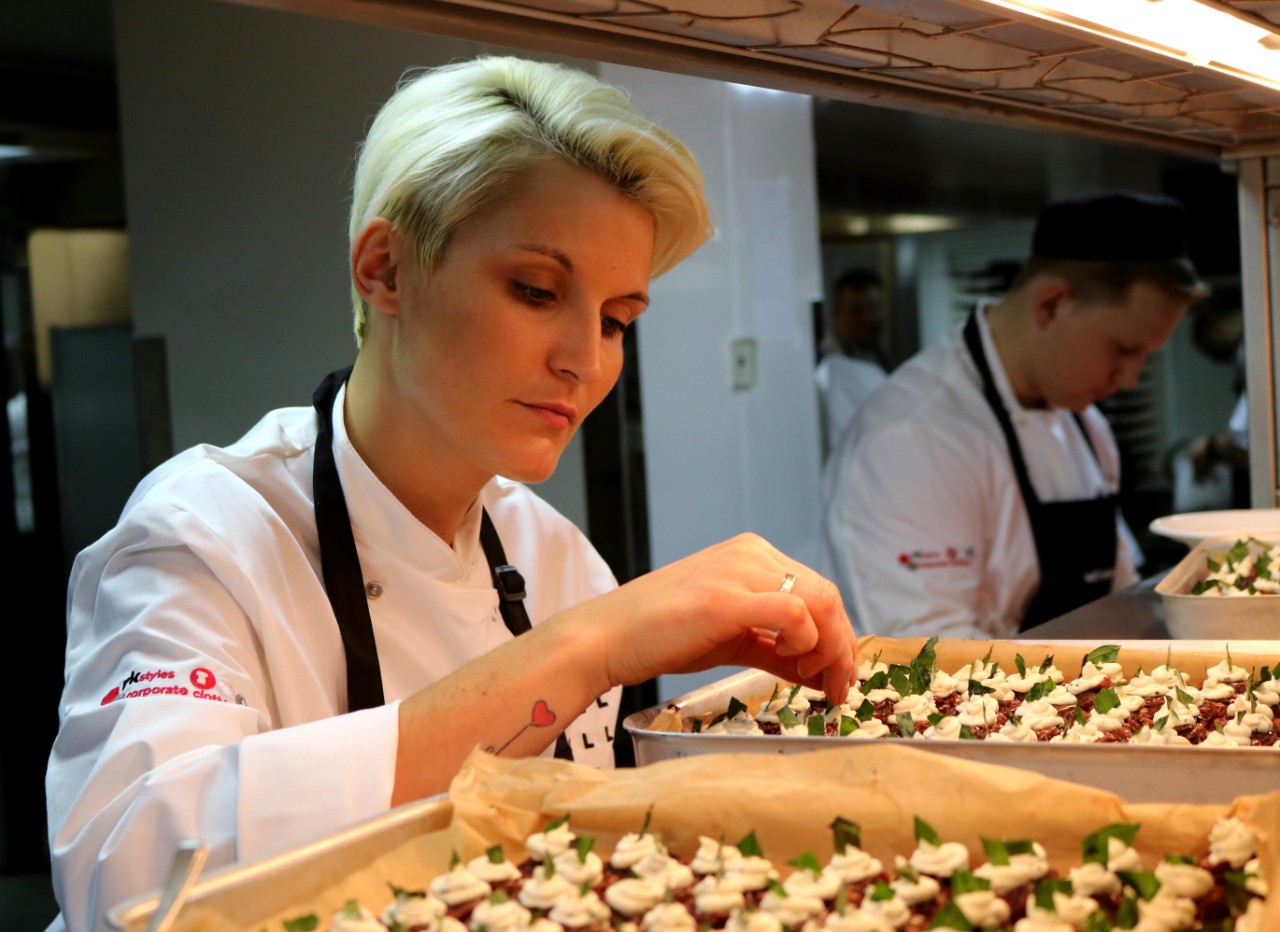
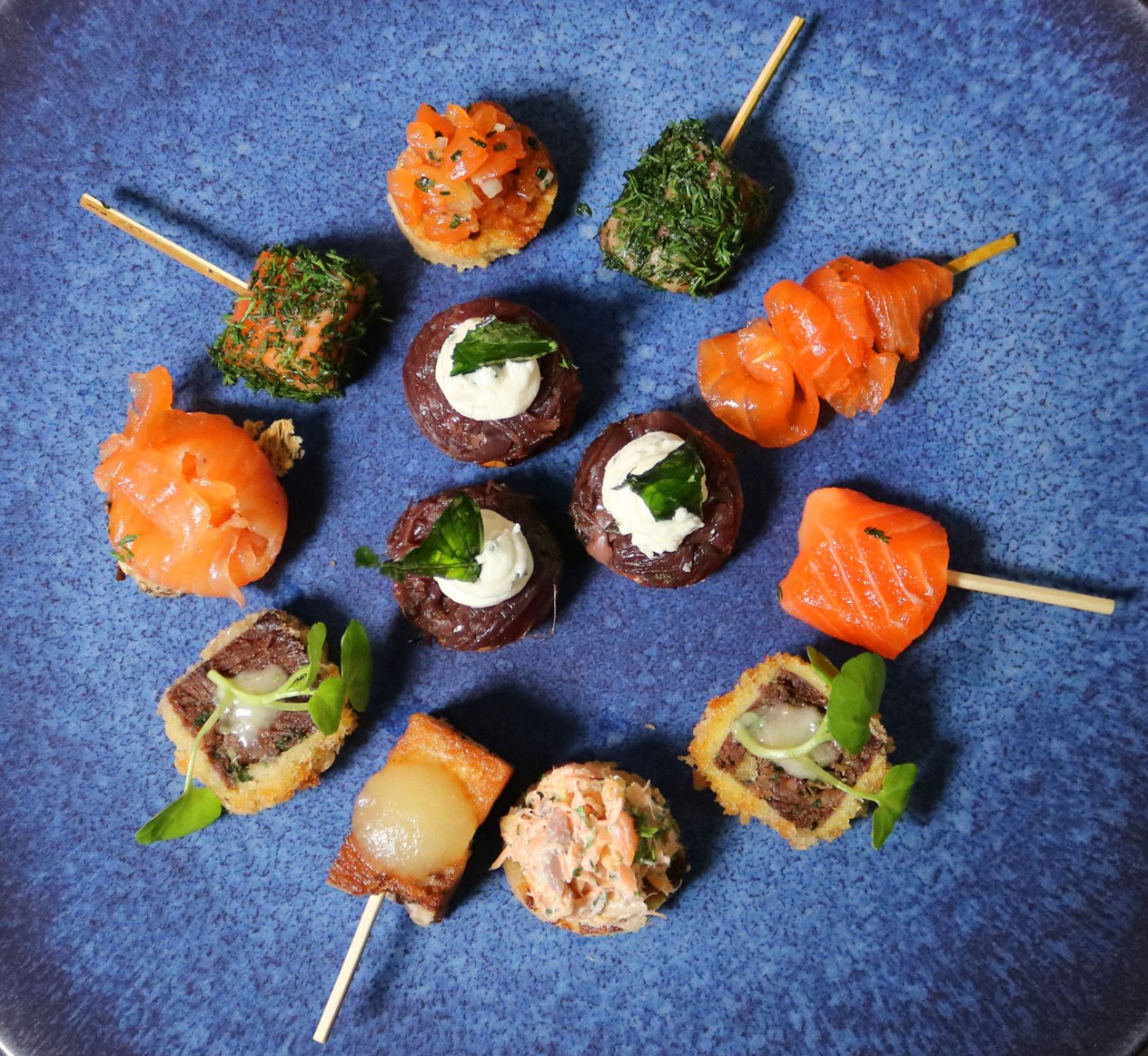
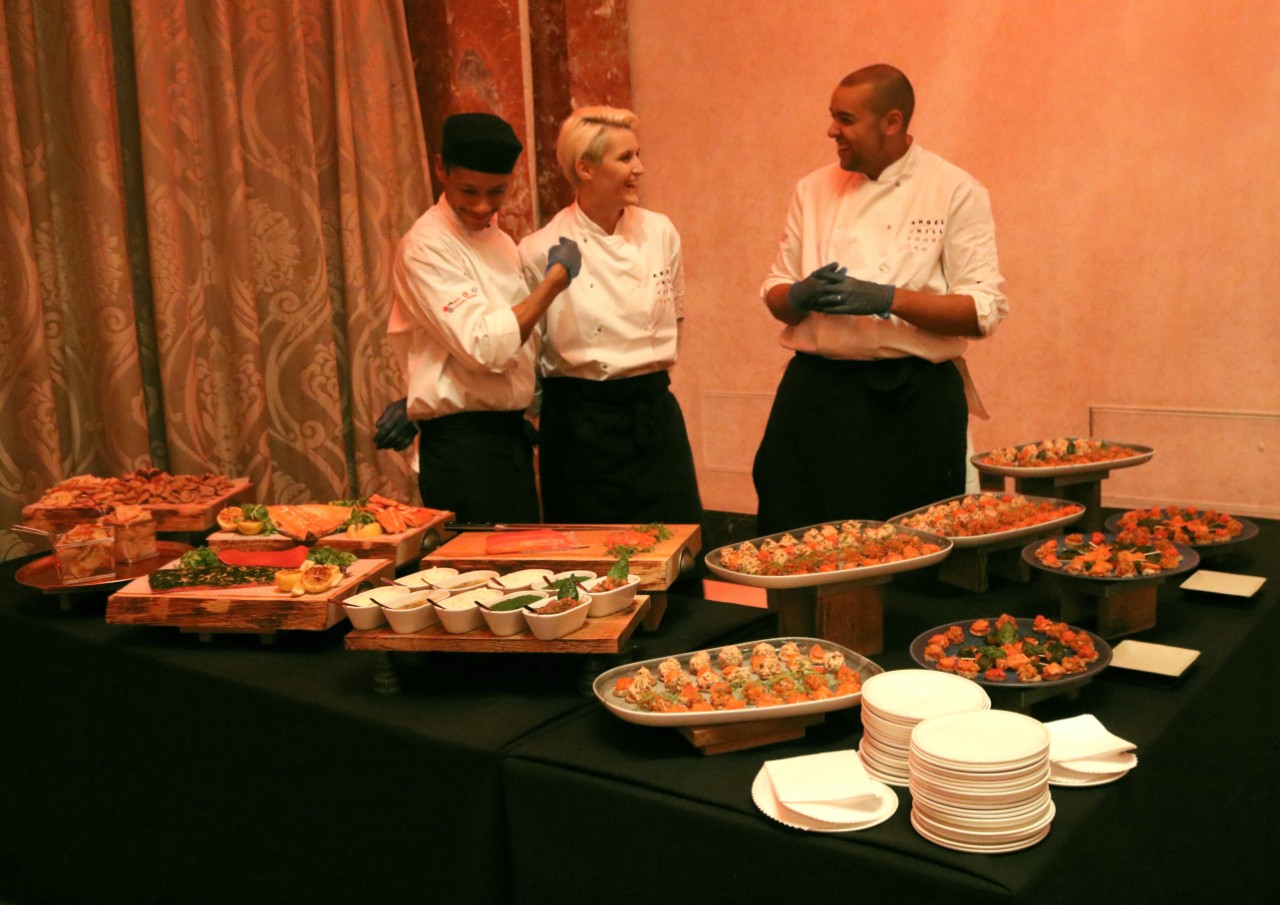
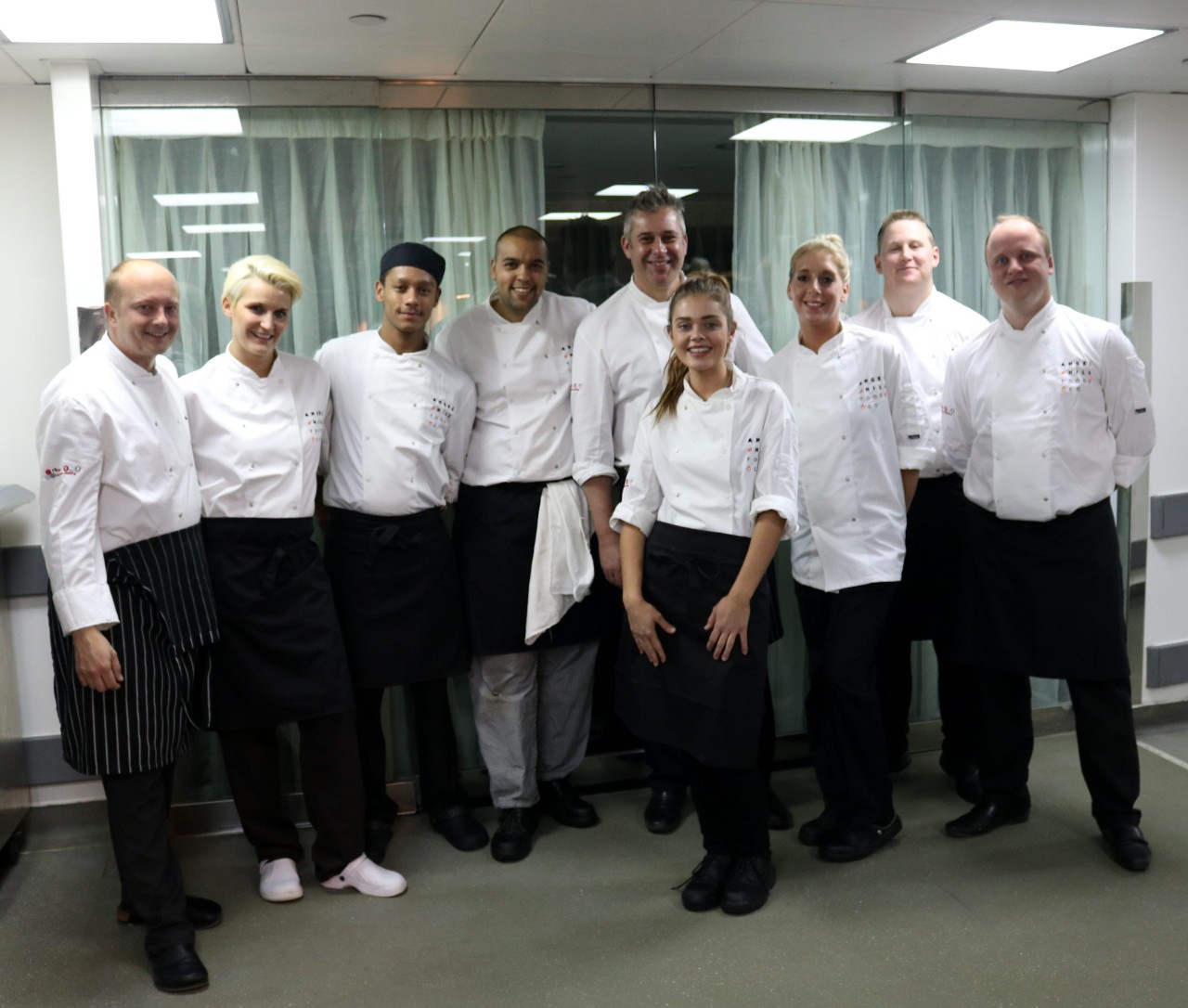 We can’t say better than that! A huge well done to the team, it really was fantastic.
We can’t say better than that! A huge well done to the team, it really was fantastic.






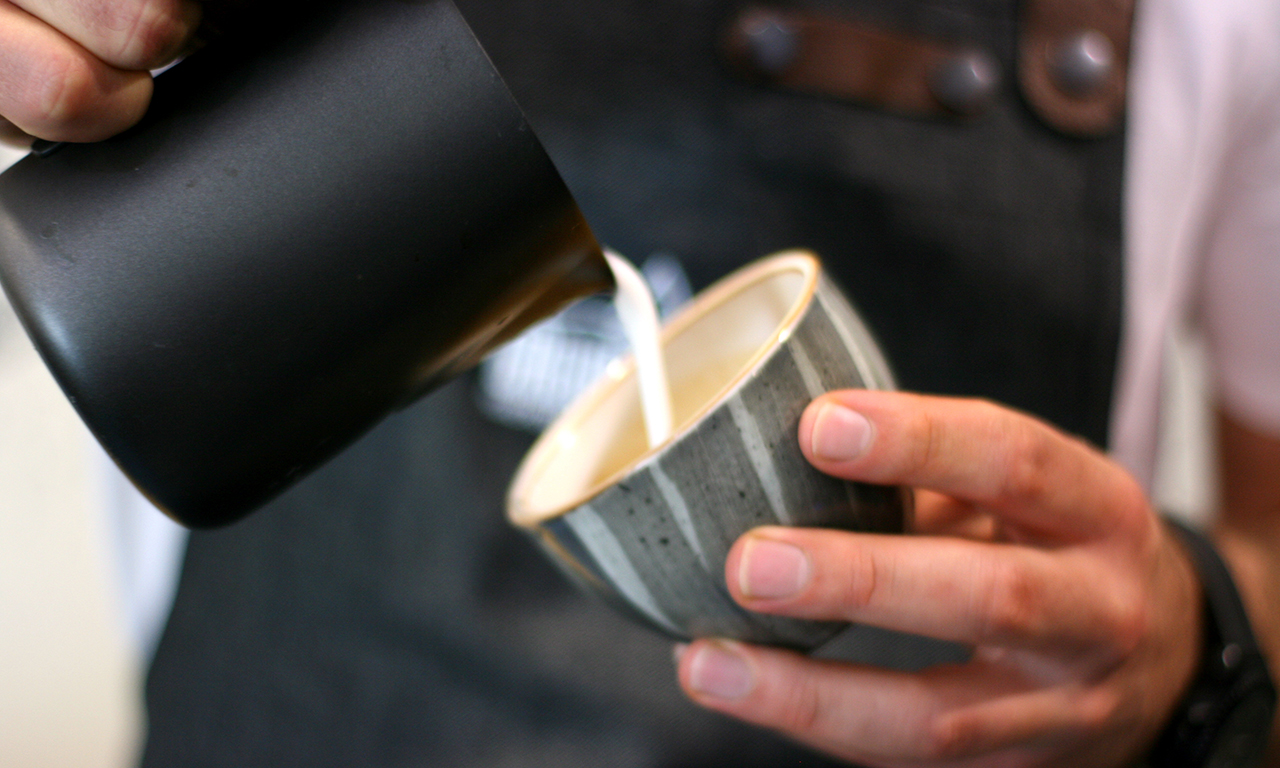
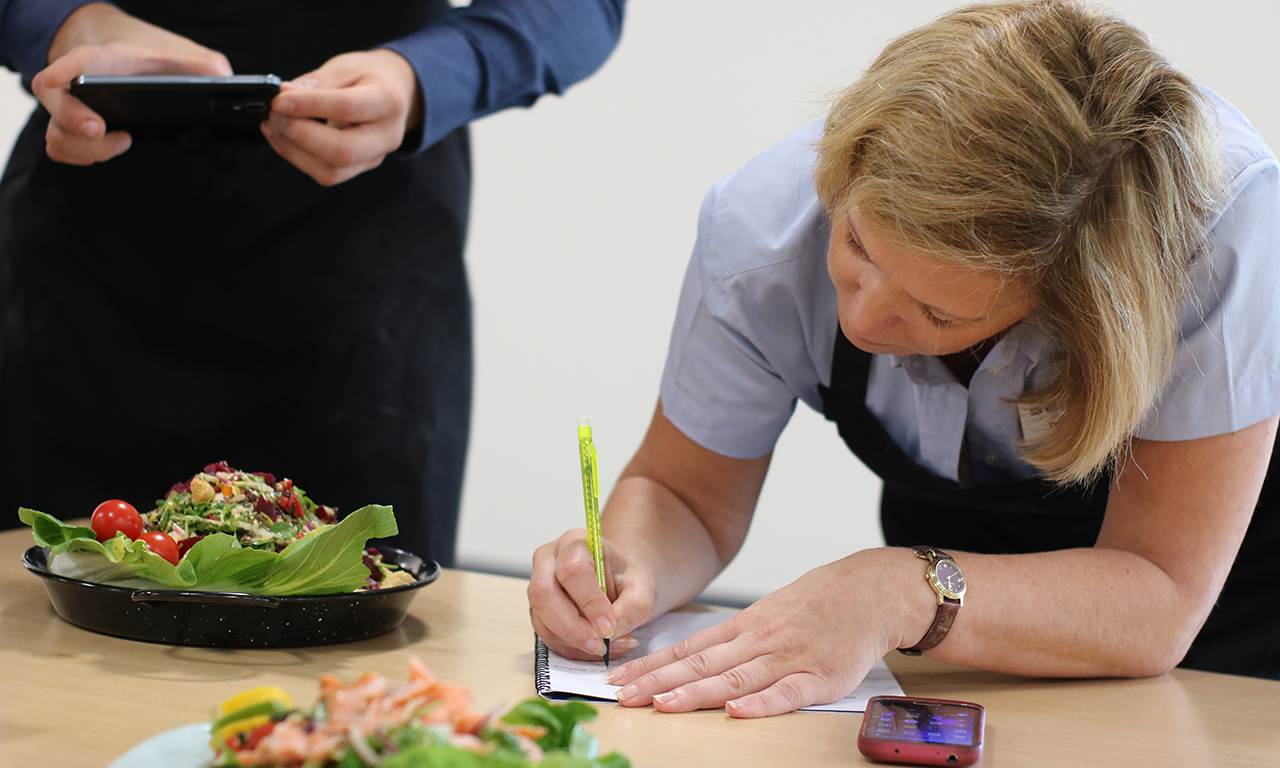
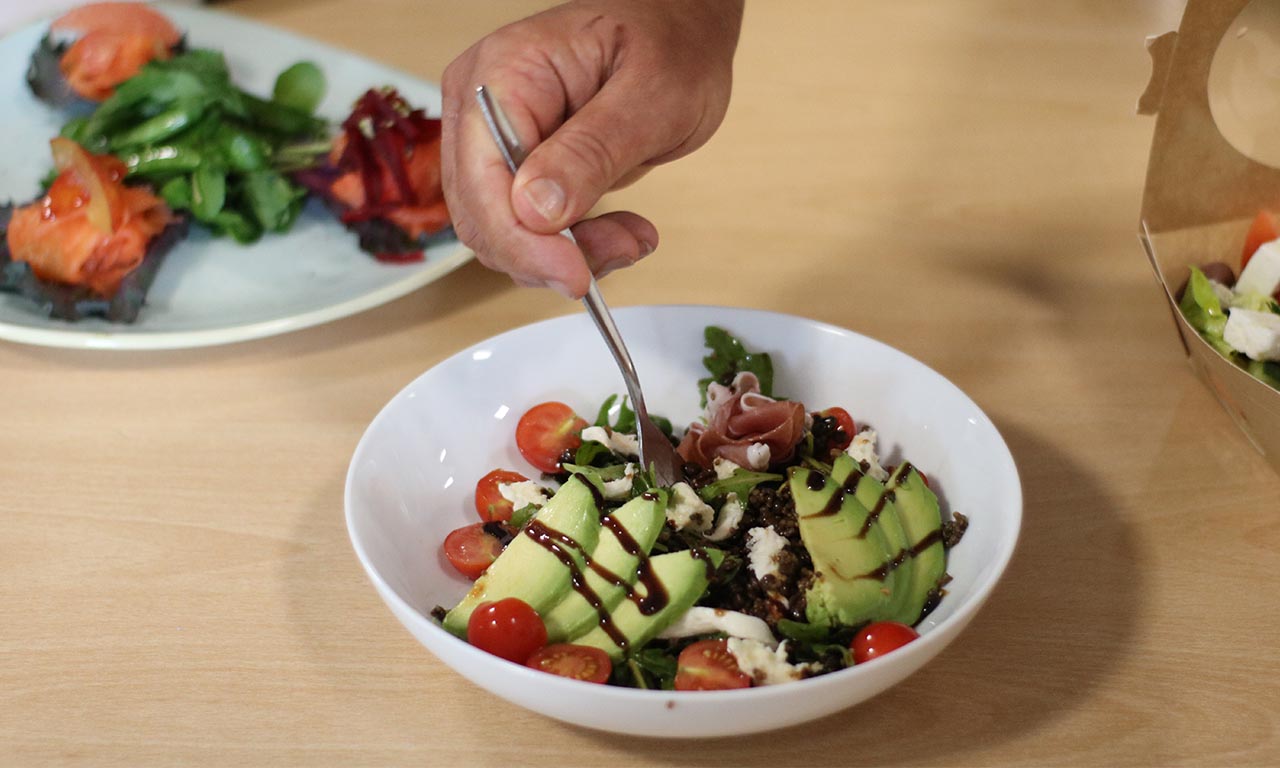
 The first session kicked off on Thursday 8th September and was a classroom-based module designed to help the chefs hone their creative skills in a development environment. It was the first time they’d got together, but they quickly built up a great rapport as they were paired and grouped up to complete the various activities throughout the day. It was fast-paced and interactive, with a variety of different topics and learning points.
The first session kicked off on Thursday 8th September and was a classroom-based module designed to help the chefs hone their creative skills in a development environment. It was the first time they’d got together, but they quickly built up a great rapport as they were paired and grouped up to complete the various activities throughout the day. It was fast-paced and interactive, with a variety of different topics and learning points.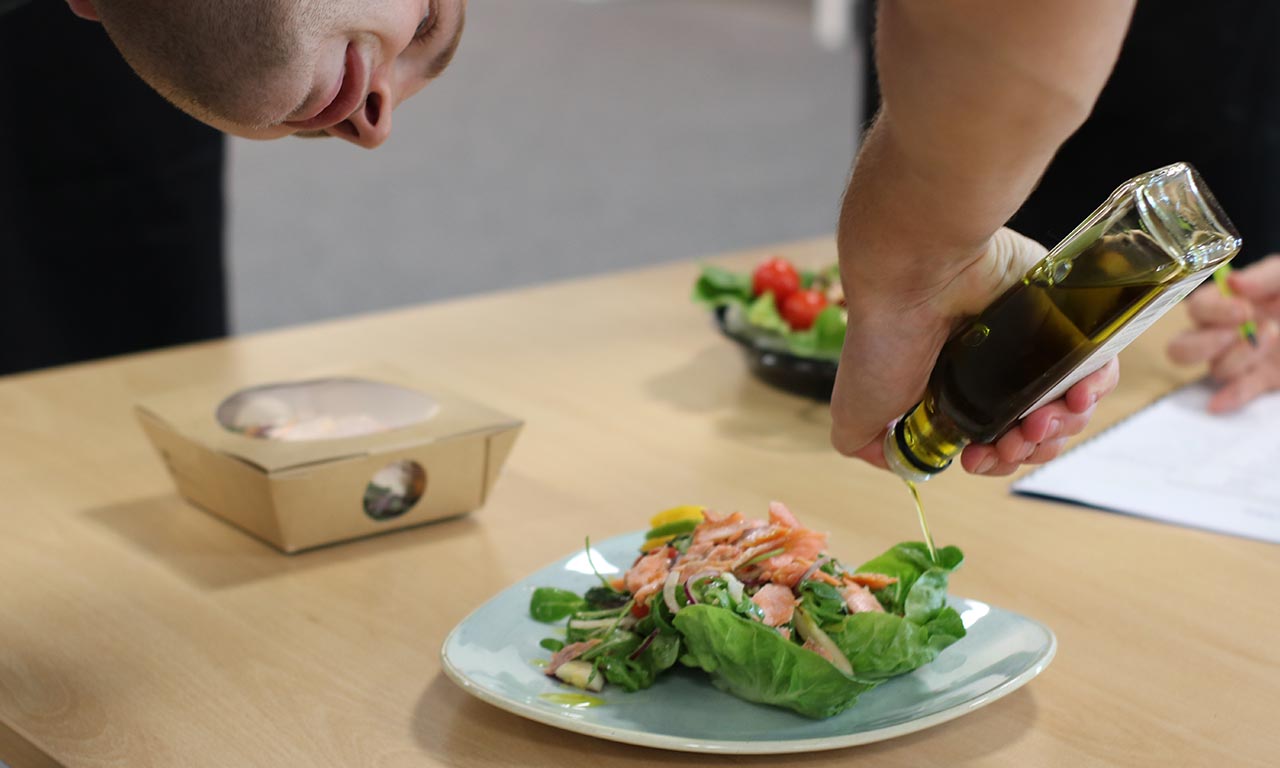
 The day was a great start to what promises to be a fantastic course. The next session will be a food safari around London – with Park Ranger Rhys leading the way! We can’t wait.
The day was a great start to what promises to be a fantastic course. The next session will be a food safari around London – with Park Ranger Rhys leading the way! We can’t wait.